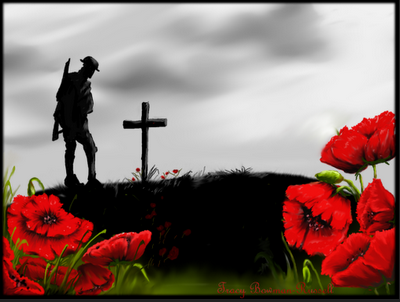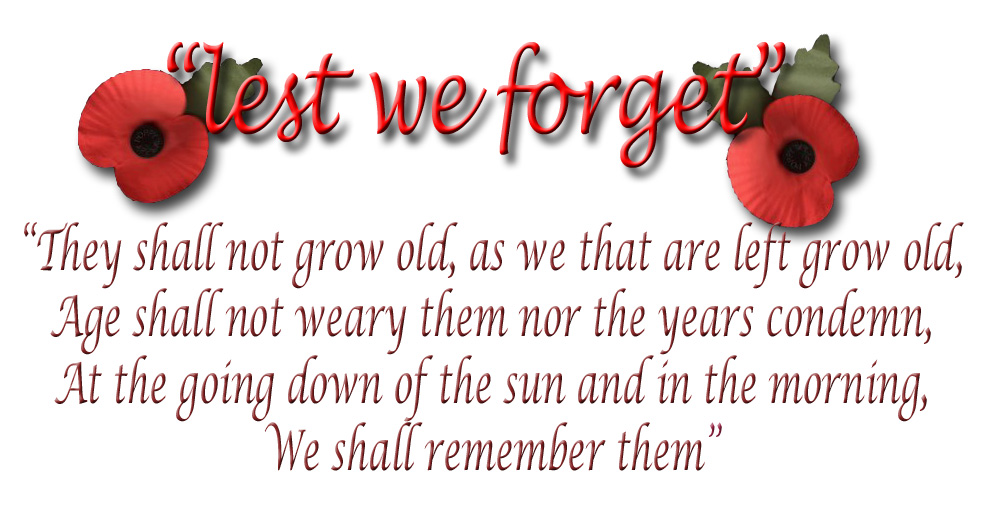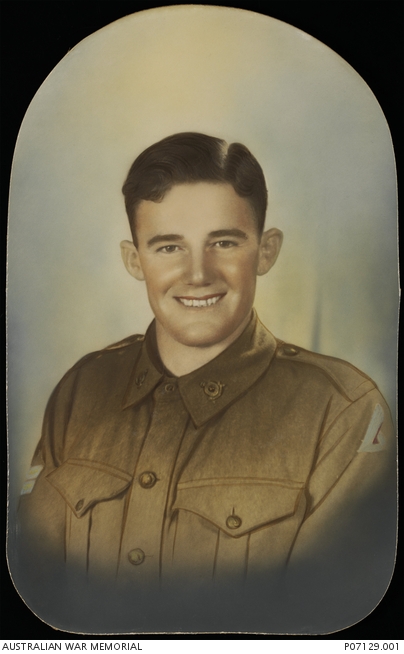Remembrance Day
On Wednesday the 11th day of the 11 month, our school gathered together opposite the Peace Garden to hold a special Remembrance Day Ceremony to respectfully remember the men and women from our armed forces who died, or were injured in wars to protect our country’s way of life.
What is Remembrance Day?
Before this special ceremony we did some research on Remembrance Day. We found out that 11/11/1918 was the day that commemorates the ceasefire that ended the Great War – World War One. It was originally called Armistice Day. Armistice means Peace Agreement or Ceasefire. This ceasefire started at the 11th hour. King George V instructed all British colonies to observe two minutes silence on this day at that time to remember the victims of war. The Flanders Poppy which grew on the battlefields is used as a symbol of remembrance. Now we usually remain silent for one minute.
We made a little book of facts from our research as well as a poppy to wear to the ceremony.
It was a moving ceremony and all the students showed great respect as they listened to guest speakers, students and teachers. They were silent as the bugle played the Last Post and the Rouse, as well as during the Wreath Laying and the raising of the Flag. It is a difficult job to manage our impulsivities for such a long time, but these ceremonies are important for us to attend. This is where we learn to show respect and to be grateful for our freedom by honouring the brave service men and women of Australia.
A Special Tribute
This year all the year six and seven students were given a dog tag from The Australian War Memorial. The year sixes will be attending Camp Gallopili next year on Anzac Day. There were some tags left so each class received one. These tags had a serial number from a fallen soldier. We went online to The Australian War Memorial to discover information about our soldier.
We discovered that our soldier was Corporal Francis Alan Roddy, Australian General Base Depot, of Lacmalac, NSW. He was the oldest of seven children in his family and was a great rugby and cricket player. He went to war in 1941 and was fighting in Singapore, but when the Japanese Army over threw it, he was taken prisoner and sent to Changi Prison Camp in 1942. From there he was sent to work on the Burma Railway in 1943 where he contracted interitis and died as a Prisoner of War on 10 December 1943. He was 24 years old. He was buried in Burma.
It was sad to hear about Francis’ fate and this made the day seem very special indeed, as we also talked about the special honour roll for Grange located outside the Library and realised there were many names located there, that would have had stories just like our soldier’s.
Ellen’s Visit to Gallipoli
I shared with the class some images taken on my visit to Gallipoli in 2006. The poem by Ataturk is powerful indeed and reflects the common feeling of sadness that war brings. I shared these images with the class to show not only the geography of the infamous battle, but how over time this area has become a special place for remembrance for Turkish and Australian citizens.
- Ataturk’s poem for the fallen
- A Turkish Soldier Helping and Australian Digger
- The Beach at Gallipoli
- Lone Pine Cemetery
Somethings to think about.
What did you think of the ceremony? Do you have members of your family that have stories like Francis Alan Roddy?
Did you show your family the Australian War Memorial page on our soldier?
It is sad, but there are still times when countries argue so badly that they go to war. What do you think countries could do to peacefully solve their problems instead of using warfare?







